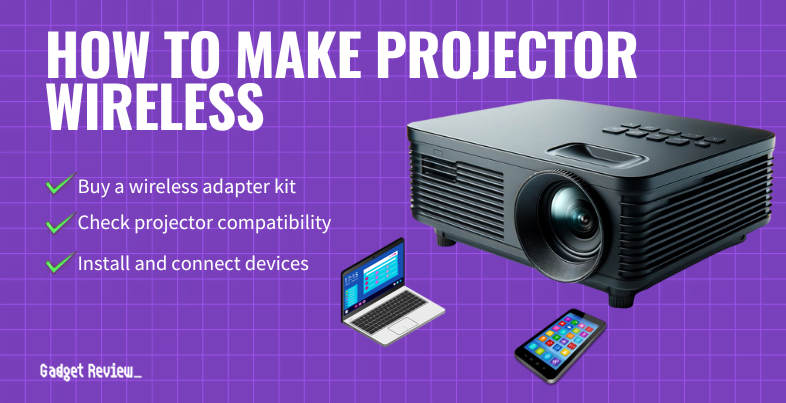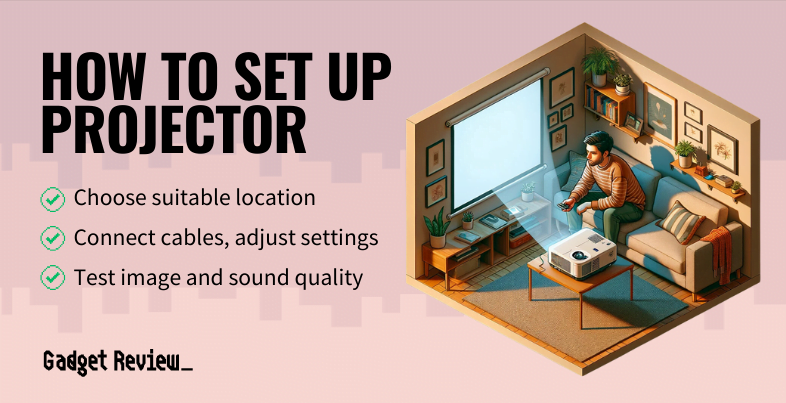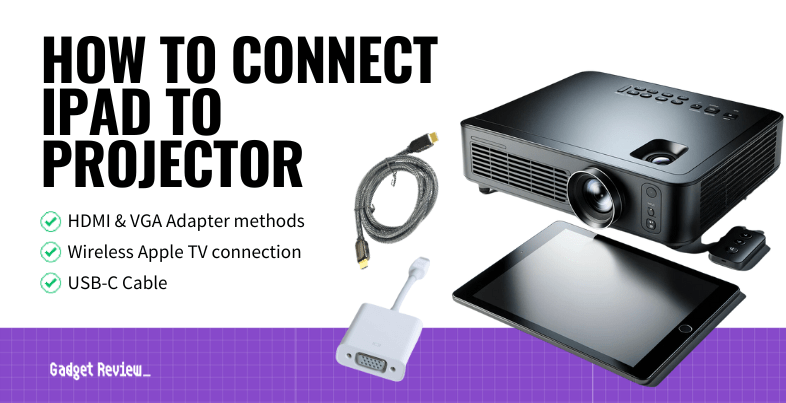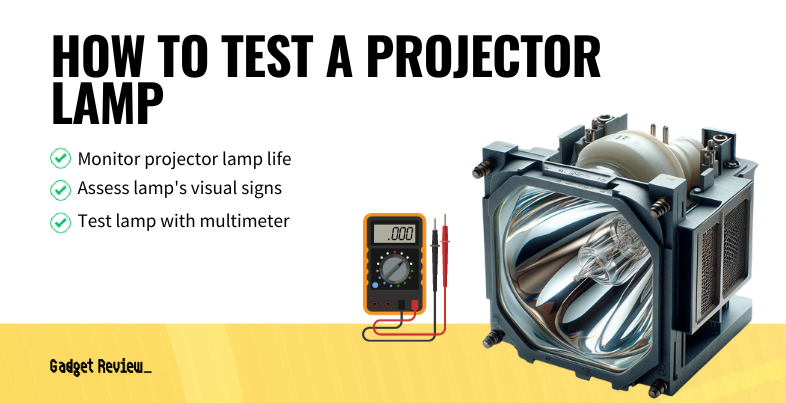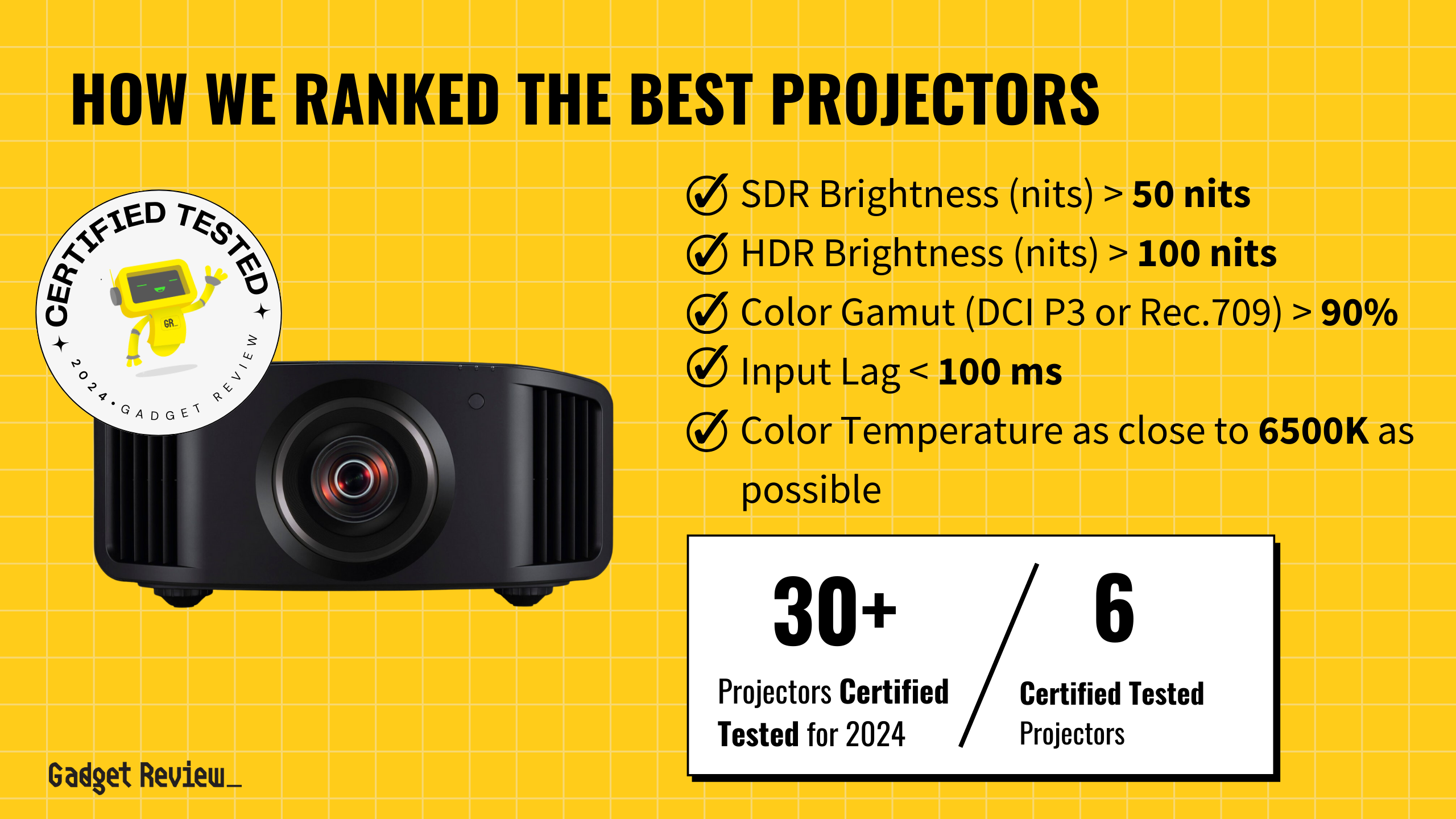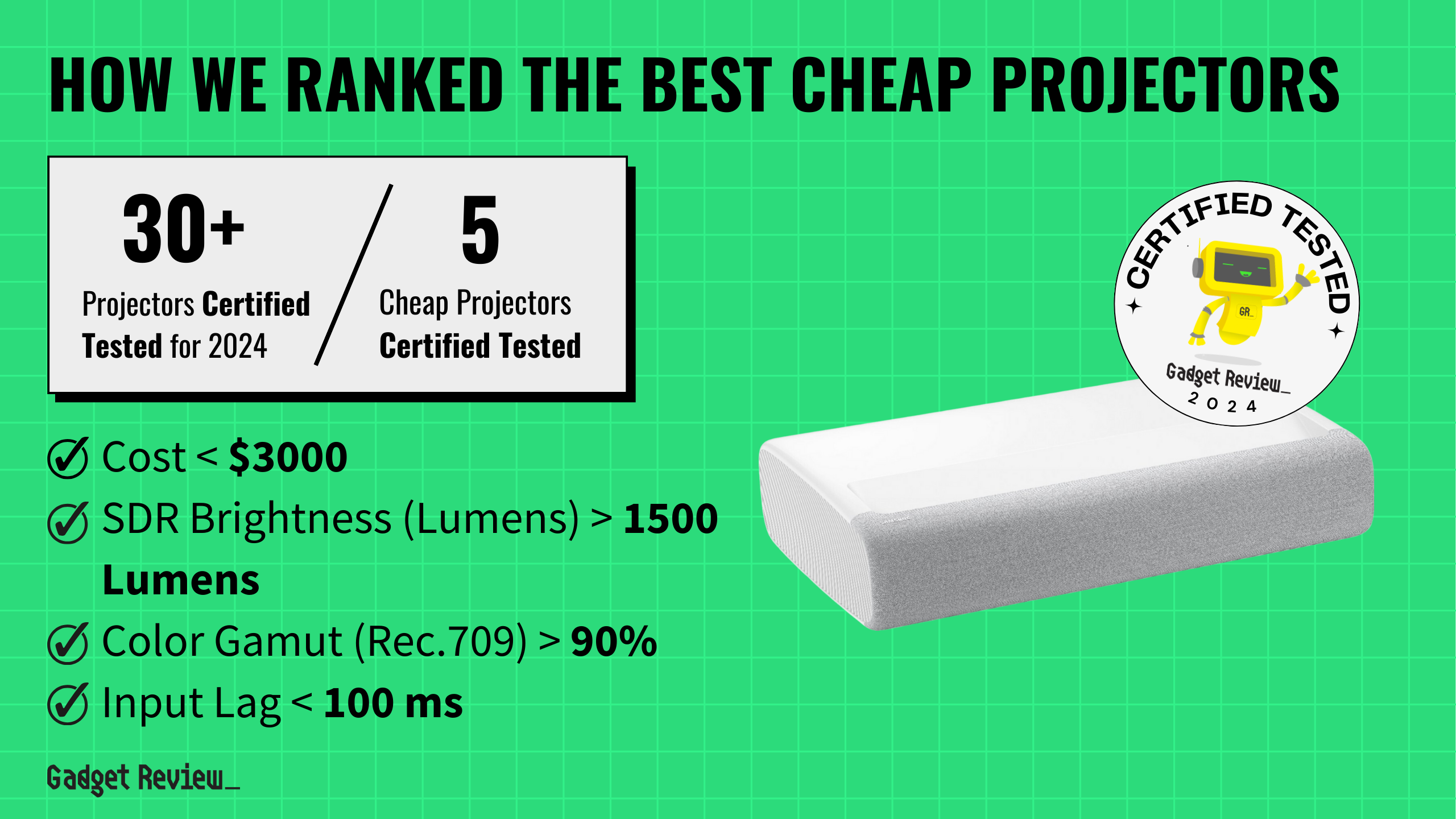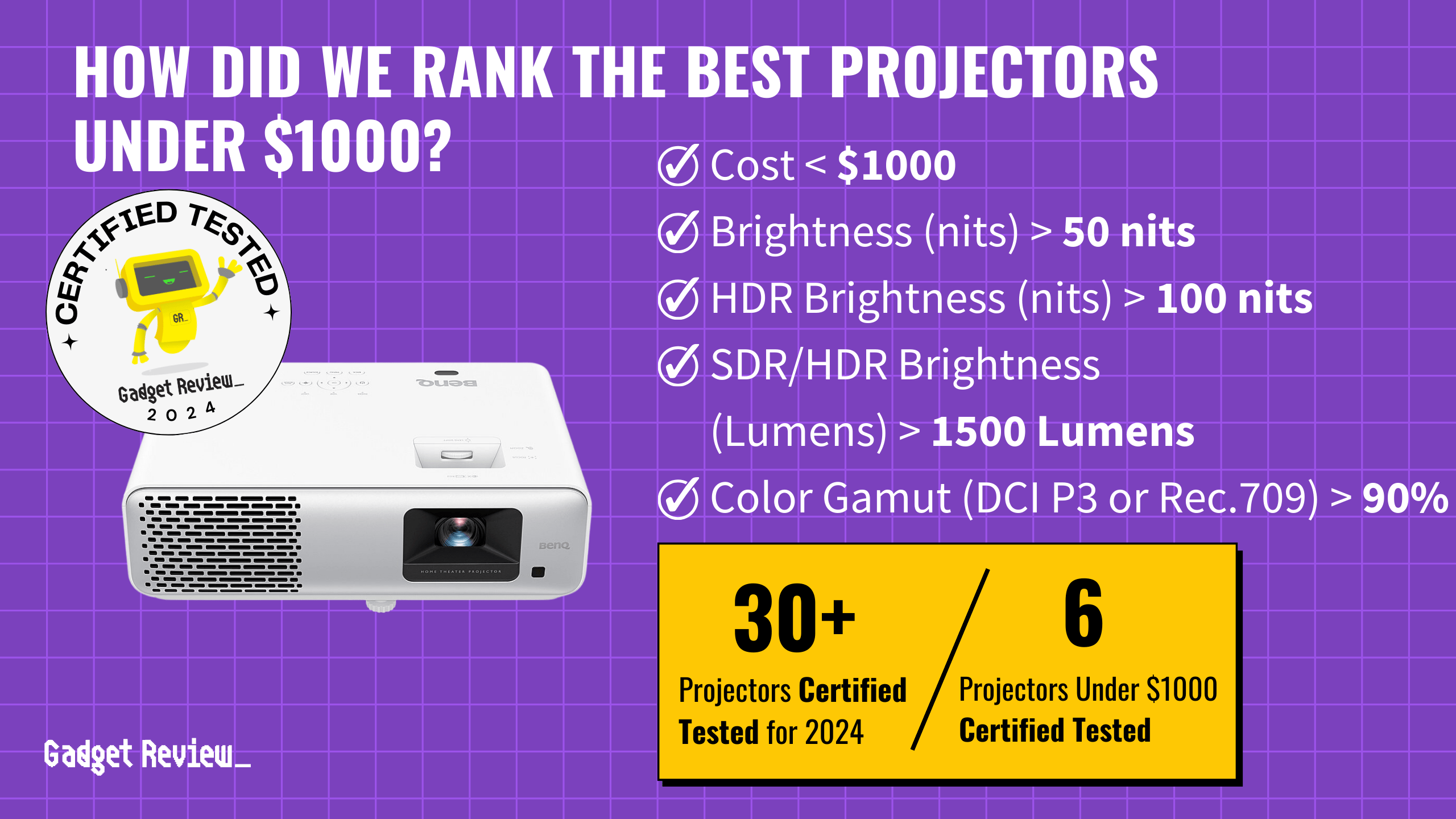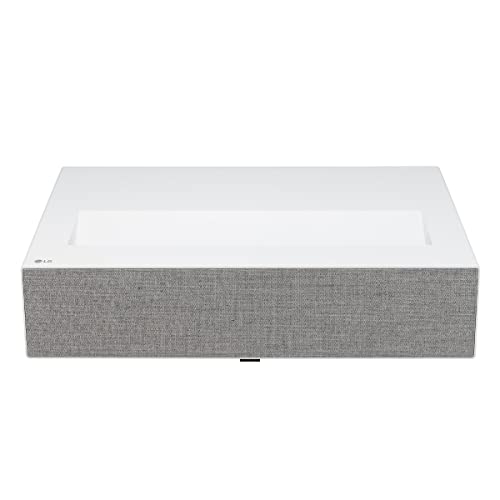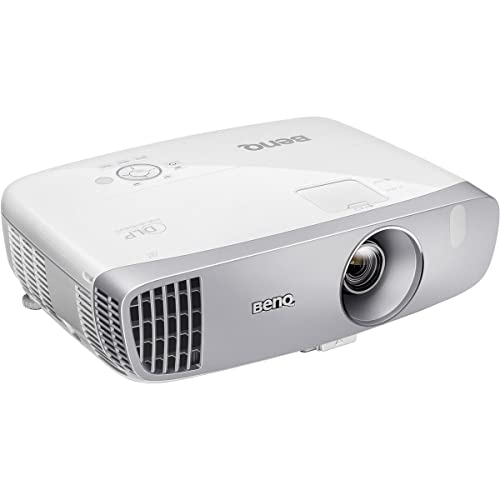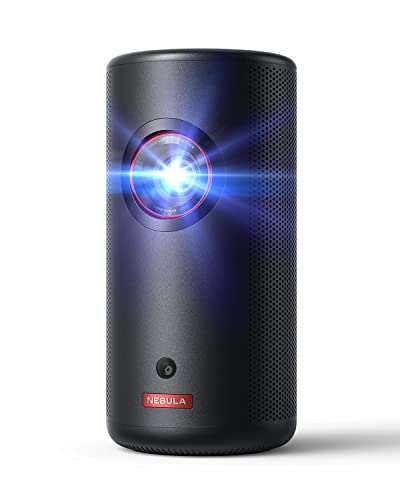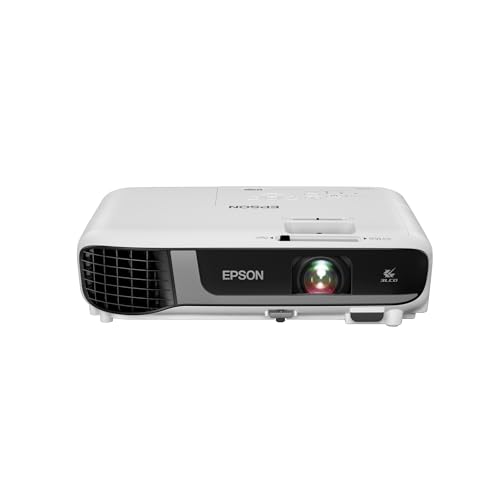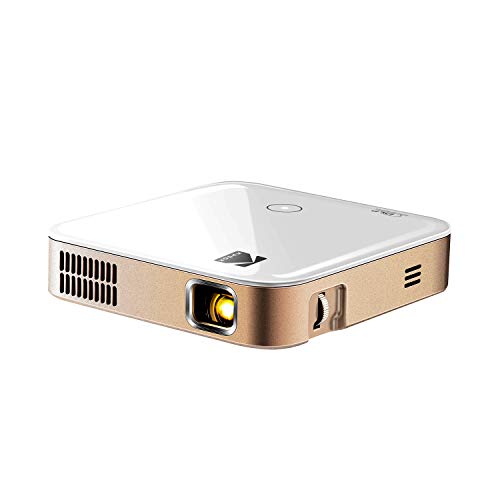When choosing the best projectors for a classroom, prioritize features such as brightness, image quality, and ease of use. The projector should support a screen size of at least 75 inches and have an SDR brightness exceeding 50 nits to ensure clear images in well-lit environments. Out of 30 projectors evaluated, three excelled in these features and secured a spot in our buying guide.
We evaluated 10,299 reviews, filtering out fake and low-quality ones to ensure reliable recommendations. We use a unique A.I.-powered True Score system, certifying products as tested. The winning projectors performed well in tests, delivering bright, clear, and accurate visuals suitable for educational settings. These projectors truly stand out as the best projectors for any classroom environment.
How Did We Rank the Best Projectors for Classroom?
Our guide on the best classroom projectors results from extensive research and analysis. We poured over 200 websites, focusing on testing methodologies and expert reviews. This rigorous process allowed us to identify 1 required test result and 1 nice-to-have feature. By sifting through customer reviews and understanding the key pain points, we distilled the criteria that matter most for educational environments. Gadget Review ensures you make an informed decision with our authoritative and comprehensive guide.
Our commitment to unbiased reviews is powered by our ‘True Score’ system, targeting low quality and fake reviews. When you shop through our links, you’re backing our mission. Dive deeper to see how.
?️ Minimum Specifications
- Must have a minimum screen size of 75 inches.
? Test Criteria
- SDR Brightness: Equal to or greater than 50 nits or more to help produce a bright and clear display.
Latest Updates
- 06/14/2024: Republished the list to include the best projectors for the classroom based on our True Score system.
Top Projectors for Classroom For 2025
Prices accurate at the time of publishing

Best Overall

Runner Up

Best Value

Best Budget

Best Mid-Range

Premium Pick
Epson Home Cinema 3800
Best For Cheap
The Epson Home Cinema 3800 ensures bright, vivid classroom visuals for educators with its high contrast and extensive color accuracy.
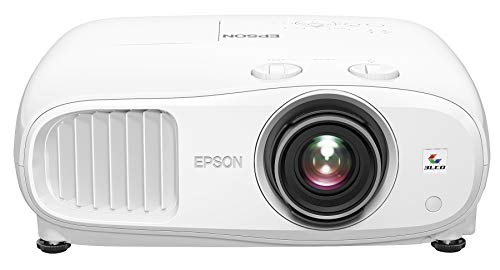
True Score
83846Experts
871kCustomers
Absolutely Fresh
 $1,643.99
$1,643.99Read More
Snapshot
Reasons to Buy
- Great brightness
- Great image quality
- 4K resolution
Reasons to Avoid
- Lacks a wide color gamut
- The lamp output may not match the specs
- Mediocre 28-ms input lag
Specifications

Resolution 1920 x 1080 (Full HD) Refresh Rate 60 Hz 
Display Technology 3LCD, LCD 
Contrast Ratio 100,000:1, 200,000:1 
Digital Keystone ± 30° (manual) 
HDR No, Yes 
Max Distance 300″ 
Max Screen Size 300″ 
3D Ready No, Yes 
Aspect Ratio – 
Brightness 3000 lumens 
Depth 13″ 
Height 6.5″ 
Integrated Speakers No, Yes 
Light Source UHP lamps 
Light Source Life 3,500 hrs 
Min Distance 0″ 
Min Screen Size 40″ No – 
Noise Level 35 dB 
Portable No, Yes 
Smart Functionality Automatic Adjustments, Bluetooth, Eco-Friendly, Energy-Saving, Remote, USB 
Sync Technology VRR 
TV Tuner No, Yes 
ThrowType 1.32 to 2.15:1. 
Video Inputs HDMI 2.0, USB, VGA 
Weight 15.2 lbs 
Width 16.1″ All Specs
Test Results
SDR Brightness (Lumens) 2,176 HDR Brightness (Lumens) 0 Contrast Ratio (x:y) 24k Input Lag (ms) 28 Color Gamut % (Rec. 709) 114 Color Gamut % (DCI P3 uv) 77 SDR Brightness (nits) 275 HDR Brightness (nits) 235 SDR Color Temperature (K) 0 HDR Color Temperature (K) 0 Color Gamut % (Rec. 2020) 0 Color Gamut % (BT.2020) 0 Color Gamut % (BT. 709) 0 All Tests
All Retailers
- $1,643.99
- $1,699.99
- $1,699.99
- $1,699.99
Our Verdict
Educators needing a projector capable of delivering large, high-contrast images for a classroom should consider the outstanding Epson Home Cinema 3800. With a brightness of 2,176 lumens for Standard Dynamic Range (SDR) content and 275.2 nits for SDR plus 235.4 nits for High Dynamic Range (HDR), it ensures bright and clear visuals for well-lit classrooms and lecture halls. Additionally, its impressive contrast ratio of 23,971:1 allows it to produce vivid, sharp images with deep blacks and bright whites, enhancing both educational and presentation environments.
Boasting 113.7% coverage of the Rec. 709 color gamut, this projector provides accurate color representation, making every lesson and video presentation vibrant and lifelike. With its maximum screen size of 300 inches, the Epson offers an extensive display ideal for large educational spaces, helping keep students engaged with visuals on a substantial scale.
Compared to the BenQ HT2060, both units have the same full HD resolution, ensuring sharp and detailed images and movies. With its 300-inch max screen size, the Epson offers a significantly larger display than the BenQ HT2060’s 150-inch limit, making it more suitable for large classrooms and lecture halls. The BenQ HT2060 offers great value with a cheaper price and a higher contrast ratio of 500,000:1 for deeper blacks and brighter whites, making reading text easier on the projected image.
If you’re a teacher or school administrator, the blend of brightness, contrast, and screen size makes the Epson Home Cinema 3800 a top choice. Though it may not be the cheapest option, it provides excellent visual quality in classrooms with the lights turned on, offering a dependable and versatile solution for enhancing learning and presentations.
Read Less

Best Overall

Runner Up

Best Value

Best Budget

Best Mid-Range

Premium Pick
BenQ HT2060
The BenQ HT2060 excels in classrooms with high contrast for clear text, easy setup, and versatility for presentations and outdoor movies.
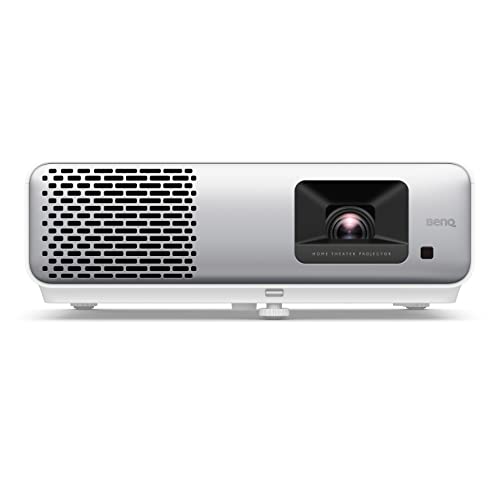
True Score
79804Experts
831kCustomers
Mixed Reviews
 SAVE $109$899.00$789.99
SAVE $109$899.00$789.99Read More
Snapshot
Reasons to Buy
- Moderate brightness
- Impressive image quality
- Somewhat low input lag
Reasons to Avoid
- Only two HDMI ports
- No smart TV interface
Specifications

Resolution 1920 x 1080 (Full HD) Refresh Rate 60 Hz 
Display Technology DLP 
Contrast Ratio 500,000:1 
Digital Keystone Yes 
HDR Yes 
Max Distance 14″ 
Max Screen Size 150″ 
3D Ready Yes 
Aspect Ratio 16:9 
Brightness 2300 lumens 
Depth 4.6″ 
HDMI Type 2.0 
Height 9.6″ 
Integrated Speakers Yes 
Light Source LED 
Light Source Life 20000 hrs 
Min Distance 5.7″ 
Min Screen Size 60″ 
Noise Level 33 dB 
Portable No 
Smart Functionality Google Assistant 
Sync Technology n/a 
TV Tuner n/a 
ThrowType 1.15 ~ 1.5 
Video Inputs USB 
Weight 7.9 lbs 
Width 14.4″ All Specs
Test Results
SDR Brightness (Lumens) 0 HDR Brightness (Lumens) 0 Contrast Ratio (x:y) 0 Input Lag (ms) 0 Color Gamut % (Rec. 709) 0 Color Gamut % (DCI P3 uv) 0 SDR Brightness (nits) 170 HDR Brightness (nits) 185 SDR Color Temperature (K) 0 HDR Color Temperature (K) 0 Color Gamut % (Rec. 2020) 0 Color Gamut % (BT.2020) 0 Color Gamut % (BT. 709) 0 All Tests
All Retailers
- $789.99$899Save $109
- $999.00
Our Verdict
If you’re a teacher looking for a projector that can enhance text readability, the BenQ HT2060 offers a best-in-class contrast ratio of 500,000:1 and SDR brightness of 2300 lumens. These specs imply its strong performance in delivering crisp, clear images in well-lit environments. Its full HD resolution ensures that detailed diagrams and HD video content are displayed precisely, catering well to teachers, professors, or trainers who demand high-quality visual aids.
If you value quick setup and ease of use in educational environments, the BenQ HT2060’s digital keystone correction and integrated speakers make it a standout choice. Its ability to project a max screen size of 150 inches offers versatile placement options, ensuring large, easily viewable classroom presentations.
Both the BenQ HT2060 and the BenQ TK700STI feature DLP display technology, providing clear and sharp images. However, the cheaper HT2060 is designed with a high contrast ratio of 500,000:1 for enhanced text clarity in classroom settings, and it has a larger max screen size for larger classrooms. The TK700STI has a smaller screen size and focuses on delivering higher brightness at 3000 lumens and 4K resolution, making it more suitable for brighter, smaller spaces.
If you’re considering a projector that balances quality with practical application for education, the BenQ HT2060’s blend of high contrast, brightness, and user-friendly features makes it a top contender. Despite not having the highest brightness, its high contrast ratio and good brightness make it suitable for business presentations or outdoor movies as well. If you’re an educator or professional looking for a projector of good value, you’ll find its performance hard to beat, offering an effective visual solution without compromising on quality.
Read Less
Category Snapshot
Projectors
- Total Brands/Products Tested
11 Brands, 30 Products
- Top 2 Brands
Epson, BenQ
- Price Range (Budget-Premium)
$350-$16,000
- Average True Score
81.36
- Important Test Criteria
Brightness (cd/m2)
Contrast Ratio (1000:1) - Most Trusted Testers

- Top Projector Experts
- Typical Warranty
1 year
- Covered by Insurance
Yes – AKKO

Best Overall

Runner Up

Best Value

Best Budget

Best Mid-Range

Premium Pick
BenQ TK700STI
The BenQ TK700STI excels in bright classrooms with its 4K clarity and smart features, perfect for dynamic, detailed presentations.
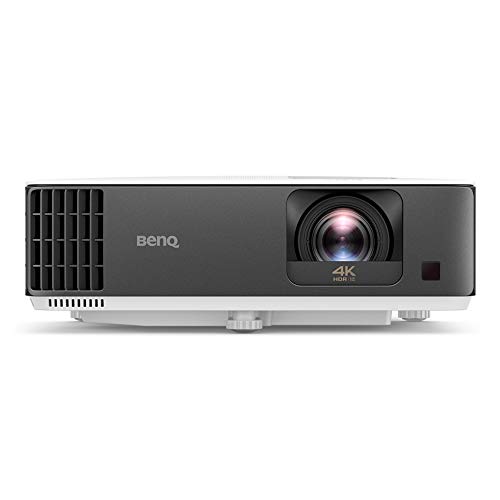
True Score
74756Experts
78261Customers
Mixed Reviews
 SAVE $837$1,699.00$862.00
SAVE $837$1,699.00$862.00Read More
Snapshot
Reasons to Buy
- Good brightness
- Low input lag
- Great connectivity
- Convenient throw ratio for gaming
Reasons to Avoid
- Subpar image quality
- Mediocre built-in audio quality
Specifications

Resolution 3840 x 2160 (4k) Refresh Rate 60 Hz 
Display Technology DLP 
Contrast Ratio 10,000:1 
Digital Keystone Yes 
HDR Yes 
Max Distance 168″ 
Max Screen Size 200″ 
3D Ready Yes 
Aspect Ratio 16:9 
Brightness 3000 lumens 
Depth 9.70″ 
Height 4.3″ 
Integrated Speakers Yes 
Light Source Laser 
Light Source Life 10000 hrs 
Min Distance 51″ 
Min Screen Size 60″ 
Noise Level 35 dB 
Portable Yes 
Smart Functionality Android TV, Bluetooth, Remote, USB 
Sync Technology – 
TV Tuner No 
ThrowType Short Throw 
Video Inputs HDMI 2.0, RS232, USB 
Weight 6.8 lbs 
Width 12″ Yes – All Specs
Test Results
SDR Brightness (Lumens) 0 HDR Brightness (Lumens) 0 Contrast Ratio (x:y) 1,011 Input Lag (ms) 20 Color Gamut % (Rec. 709) 0 Color Gamut % (DCI P3 uv) 0 SDR Brightness (nits) 276 HDR Brightness (nits) 299 SDR Color Temperature (K) 0 HDR Color Temperature (K) 0 Color Gamut % (Rec. 2020) 0 Color Gamut % (BT.2020) 0 Color Gamut % (BT. 709) 0 All Tests
All Retailers
- $862.00$1,699Save $837
- $1,399.00$1,699Save $300
- $1,399.00$1,599Save $200
Our Verdict
If you’re an educator or a tech enthusiast needing a projector for a bright classroom, the BenQ TK700STI offers a nice blend of high resolution and brightness. Its 4K resolution ensures that every detail, from intricate graphs to immersive video content, is rendered with clarity, making it ideal for environments where detail is paramount. With a superior 3,000 lumens of brightness, the BenQ TK700STI ensures vivid and clear images, making it perfect for engaging students in well-lit classrooms. It features a contrast ratio of 10,000:1, providing deep blacks and bright whites for a more dynamic and detailed viewing experience.
If you value seamless interaction and connectivity in your teaching or presentation space, the BenQ TK700STI’s array of smart functionalities, including Android TV and Bluetooth, along with a short throw ratio, provides unparalleled ease of use. This versatility enables educators to create dynamic, engaging learning environments with minimal setup time.
Comparing it to the BenQ HT2060, the HT2060, and TK700STI utilize DLP technology to deliver sharp, reliable images with consistent color accuracy. The TK700STI sets itself apart with its 4K resolution and high brightness, making it better if you tend to keep the lights on in the room or sunlight shines through the windows. The HT2060 delivers higher contrast for text clarity and has a higher max screen size over the TK700STI, making it better for larger classrooms.
Despite its high price and not having the highest contrast, the BenQ TK700STI still stands out for its crisp visuals that can handle ambient light well. Its 4K resolution and smart functionality make it a versatile choice if you’re an educator seeking to enhance classroom learning with HD videos and interactive content.
Read Less
Which Criteria Matters for Testing Best Projector for Classroom?
By focusing on these criteria (1 required), anyone can quickly and easily compare these projectors and how they’ll perform. This helps you make an informed decision and purchase a projector that will meet all of your needs.
| CRITERIA | RANGE | REQUIRED | DEFINITION |
|---|---|---|---|
| SDR Brightness (nits) | > 50 nits | Yes | The amount of light the projector outputs from the lamp/bulb and projects onto the screen when playing SDR content. |
Our Trusted Data Sources
We looked at 86+ projector reviewers and found that 16 are trustworthy (60%+ Trust Rating). The three we have listed below are our most trusted for projector.
- Pierre-Olivier Jourdenais – Rtings, LinkedIn
- Geoffrey Morrison – CNET, MuckRack
- Kam Valentine – Projector Reviews, MuckRack
Interested in a comprehensive analysis of our data sources? We’ve got you covered. Below, you’ll find a detailed list of every projector review website we’ve identified, organized by their respective Trust Ratings from highest to lowest. But we didn’t stop there. We’ve meticulously reviewed each publication and verified the data by checking whether the authors have bio links to MuckRack or LinkedIn. We’re committed to not only checking the facts but ensuring their veracity.
Projector Test Data & Results
Disclaimer:
Projectors are complex and difficult to test and evaluate, requiring extensive testing on the same level as televisions to paint a complete picture of how any given unit performs. Unfortunately, the testing behind projectors isn’t as rigorous, and a lot of the data we’ve compiled from expert reviewers has been incomplete at times. With different brightnesses measured from different sources, different color gamut tested and spotty contrast ratio measurements, we’ve done the best we can to leverage the available data when putting together these lists but have also trusted our True Score to help us make decisions when the data isn’t available.
1. SDR Brightness (nits) Test Results
Projectors have two ways you can realistically measure brightness: in lumens or in nits. Lumens are more common, but brightness in general matters because projectors have to project light strongly enough that it overcomes ambient light without losing detail or color.
Most of the time, a projector is going to be used in a fairly dark room to help give the unit the best chance of displaying content the way it was intended, but higher lumens output let you watch content in progressively bright spaces – or across longer distances on bigger screens. For standard dynamic range content, we recommend at least 50 nits for most home applications, but more isn’t a bad thing.
SDR Brightness (lumens)
> 50 nits
Acceptable range of performance
Definition: The amount of light the projector outputs from the lamp/bulb and projects onto the screen when playing SDR content, measured in lumens.
Units of Measurement: nits
Tools to Measure: Lux meter
Why It’s Important:
Lumens affect how an image is going to look when projected on a screen. If the projector isn’t putting out enough light, the image quality will suffer.
SDR Brightness (lumens; higher is better; 0 = No Data)
Best Projectors for Classroom: Mistakes To Avoid
- Ignoring Lumens: Lumens measure the brightness of the projector. In a classroom environment, where there might be ambient light, you’ll need a projector with sufficient lumens to ensure clear visibility of the content. Ignoring this can result in dim or washed-out images. When selecting a projector for bright rooms, like a classroom, ensure it has a high lumen rating to overcome the ambient light and maintain image clarity.
- Resolution Mismatch: Ensure that the projector’s resolution matches the content you’ll be displaying. For classroom use, a minimum resolution of 1080p is recommended for crisp and clear images. Using a lower-resolution projector can lead to pixelation and reduced clarity. When deciding between a 4K vs 1080p projector, consider the level of detail needed; 4K projectors offer superior clarity and detail but may be more expensive. In many classroom settings, a 1080p projector provides an excellent balance of quality and cost-effectiveness.
- Lack of Connectivity Options: Make sure the projector has a variety of connectivity options such as HDMI, VGA, USB, and wireless connectivity. This ensures compatibility with various devices like laptops, tablets, and smartphones, enabling seamless integration into your classroom’s tech ecosystem.
- Ignoring Throw Distance: The throw distance determines how far the projector needs to be from the screen to display a clear image. Ignoring this aspect can lead to images being too small or too large for the screen, impacting visibility and clarity. When deciding between a TV and a projector in the classroom, consider that projectors often require careful attention to throw distance to ensure optimal image size and clarity, while TVs provide consistent image quality without such adjustments. Projectors, however, can offer a larger display size for a more immersive viewing experience in larger classrooms.
The Best Projectors for Classroom Tests & Specs Compared
Product |
True Score
|
SDR Brightness
|
Contrast Ratio
|
Color Gamut % (DCI P3 uv)
|
Input Lag (ms)
|
Refresh Rate
|
Max Screen Size
|
Minimum Distance
| |
|---|---|---|---|---|---|---|---|---|---|
| 83 |
|
|
|
|
|
|
| $1,643.99 |
| 79 |
|
|
|
|
|
|
| $789.99 $899 $109 |
| 74 |
|
|
|
|
|
|
| $862.00 $1,699 $837 |







